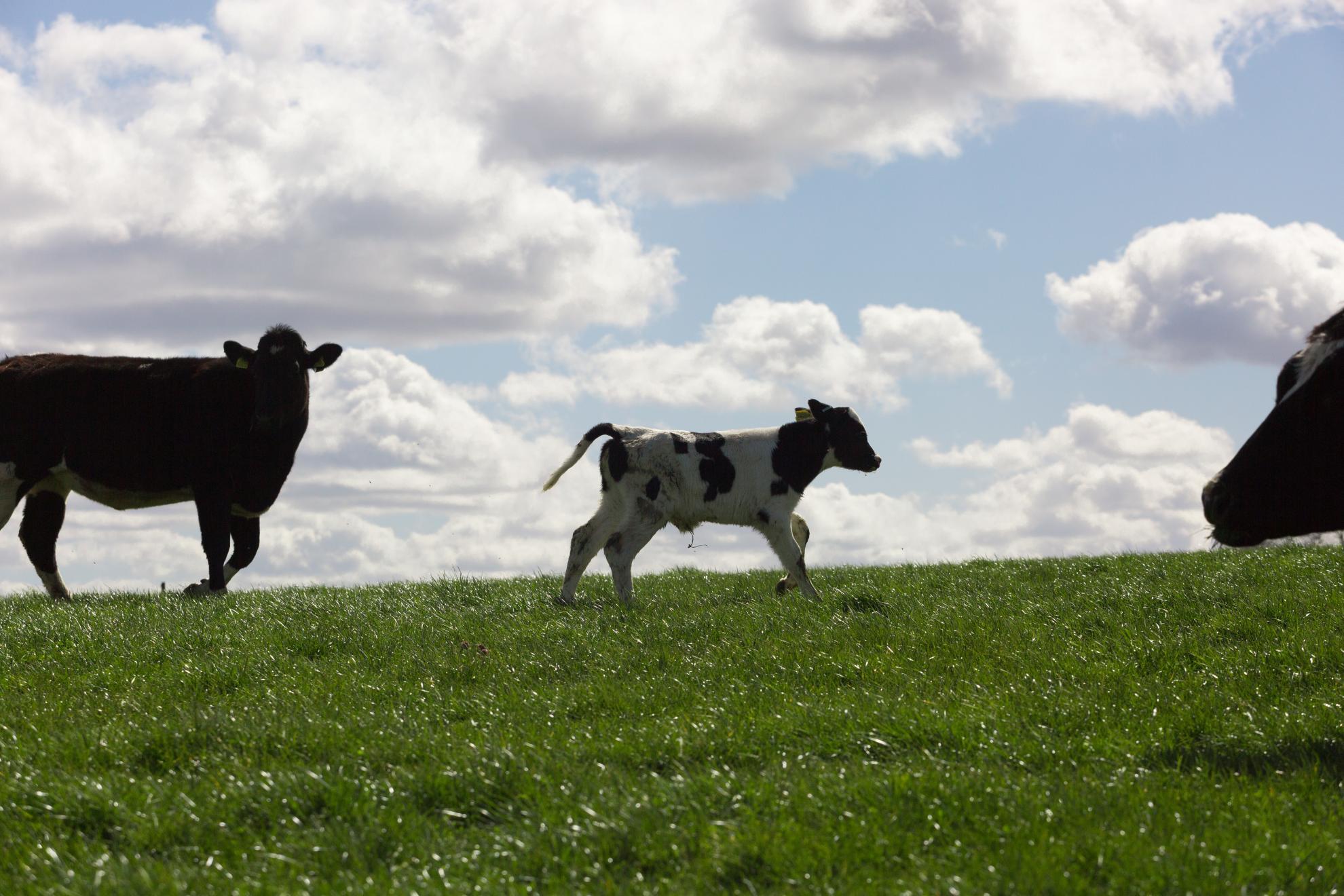Meiotic recombination generates rich diversity in NK cell receptor genes, alleles, and haplotypes
Natural killer (NK) cells contribute to the essential functions of innate immunity and reproduction. Various genes encode NK cell receptors that recognize the major histocompatibility complex (MHC) Class I molecules expressed by other cells. For primate NK cells, the killer-cell immunoglobulin-like receptors (KIR) are a variable and rapidly evolving family of MHC Class I receptors. Studied here is KIR3DL1/S1, which encodes receptors for highly polymorphic human HLA-A and -B and comprises three ancient allelic lineages that have been preserved by balancing selection throughout human evolution. While the 3DS1 lineage of activating receptors has been conserved, the two 3DL1 lineages of inhibitory receptors were diversified through inter-lineage recombination with each other and with 3DS1. Prominent targets for recombination were D0-domain polymorphisms, which modulate enhancer function, and dimorphism at position 283 in the D2 domain, which influences inhibitory function. In African populations, unequal crossing over between the 3DL1 and 3DL2 genes produced a deleted KIR haplotype in which the telomeric "half" was reduced to a single fusion gene with functional properties distinct from its 3DL1 and 3DL2 parents. Conversely, in Eurasian populations, duplication of the KIR3DL1/S1 locus by unequal crossing over has enabled individuals to carry and express alleles of all three KIR3DL1/S1 lineages. These results demonstrate how meiotic recombination combines with an ancient, preserved diversity to create new KIR phenotypes upon which natural selection acts. A consequence of such recombination is to blur the distinction between alleles and loci in the rapidly evolving human KIR gene family.
Back to publications
Publication
Contributors
Norman P J, Abi-Rached L, Gendzekhadze K, Hammond J A, Moesta A K, Sharma D, Graef T, McQueen K L, Guethlein L A, Carrington C V, Chandanayingyong D, Chang Y H, Crespi C, Saruhan-Direskeneli G, Hameed K, Kamkamidze G, Koram K A, Layrisse Z, Matamoros N, Mila J, Park M H, Pitchappan R M, Ramdath D D, Shiau M Y, Stephens H A, Struik S, Tyan D, Verity D H, Vaughan R W, Davis R W, Fraser P A, Riley E M, Ronaghi M, Parham P
Year
2009
Journal
Genome Research
Volume
19
Issue
5
Pages
757-769
Altmetric details
Associated groups
